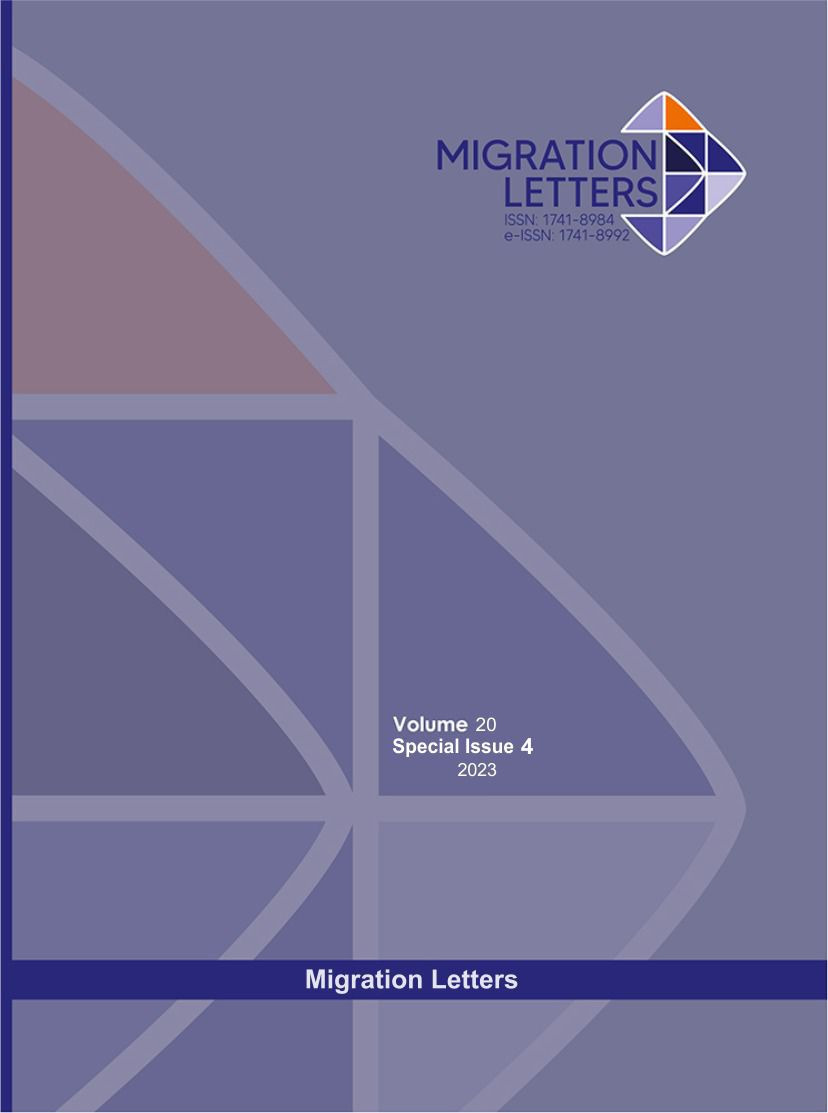The Shopping Mall and Social Sustainability from the Perceptions of Social Actors
DOI:
https://doi.org/10.59670/ml.v20iS4.4601Abstract
By means of this document, it was possible to analyze the main characteristics of the volume of scientific production related to the study of the variables Shopping Center and Social Sustainability. A bibliometric analysis was proposed to analyze details such as Year of Publication, Country of Origin of the publication, Area of Knowledge in which the published research is carried out and the Type of Publication most frequently used by the authors of each document published in high-impact journals indexed in the Scopus database during the period between 2017 and 2022. Among the main findings, it was possible to determine that, for the execution of the different research methodologies, the report of 32 scientific documents related to the study of the aforementioned variables was achieved. The maximum number of publications made in a year was 8 papers submitted in 2021. The country of origin of the institutions that reported the highest number of records in Scopus was Australia with 4 documents. The area of knowledge with the greatest influence at the time of executing the research projects that resulted in scientific publications was Social Sciences, which contributed great theoretical material in a total of 18 publications. Finally, the type of publication most frequently used to publicize findings from the analysis of the aforementioned variables was the Journal Article, which represented 75% of the total scientific production. In addition, the critical ethnographic method was used; We worked with social actors between 18 and 50 years old, obtaining information through semi-structured interviews, which consisted of observation and informal talks. The results were that the appreciation created in these places favors the environment, or social inclusion, so it does not lead them to the reflection of reality. Sustainable architecture and neuroarchitecture are essential elements to benefit the quality of life of living beings in an urban area. The synthesis of the information gave four comprehensive categorical points: interaction with the place, social dynamics in the shopping center, habitus of social actors and social welfare sites, which helped to explain the phenomenon of the lack of social sustainability in built spaces dedicated to consumerism.
Metrics
Downloads
Published
How to Cite
Issue
Section
License

This work is licensed under a Creative Commons Attribution-NonCommercial-NoDerivatives 4.0 International License.
CC Attribution-NonCommercial-NoDerivatives 4.0






